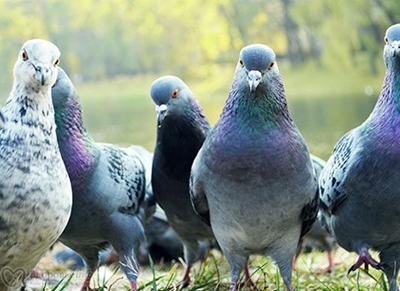GEORGE NEWS - Feral pigeons can be public health pests as they accumulate wherever there is food and shelter, and can take up residence almost anywhere.
The numbers of these pigeons, descendants of domestic homing pigeons that were introduced to South Africa from Europe, have increased due to urban development, which provides a large number of accessible nesting spaces and readily available food and water.
Pigeons breed throughout the year and do not migrate far from their birthplace, which can make it difficult to remove them.
As well as being a nuisance and causing extensive damage to property, feral pigeons can also pose a risk to human health.
The Special Projects Unit of the national SPCA acknowledges that under certain circumstances, animal control may be required, but they only support the use of humane methods.
The NSPCA does not support methods of pest / problem animal management that cause suffering, pain, or distress to any animal.
Prevention: Always maintain good sanitation practices around your property. Remove all rubbish around the buildings, ensure that outside garbage bin lids are closed properly and that there is no access to food for birds such as pet food bowls.
Visual deterrents: Hang up shiny objects such as CDs or silver reflective tape; place life-like decoys of predators such as owls, eagles, snakes, dogs and cats around the property - these can appear as a threat to birds. If predator decoys are used, they need to be moved around daily to create the illusion that they are alive. Otherwise birds will just become familiar with them.
Bird spikes can be used to deter birds from perching, roosting or nesting in unwanted areas. Spikes are ideal for window sills, parapet walls, chimneys, roof peaks, air-conditioning units, gutters (spikes need to be raised), pipes, etc.
Create barriers with plastic or galvanised mesh where the birds roost or nest and prevent access to gutters, chimneys, entry points to roofs, overhangs, etc. Bird 'stretch wires' can be used to deter birds from perching in unwanted areas such as window sills, roof peaks, railings, roof beams, etc.
Ensure the wire is too thin for the birds to land on. If you are unable to erect stretch wires, bird slopes are ideal for ledges and eaves that have a 90° angle. Bird slopes are slippery inclines that make it difficult for birds to land and prevent them from perching, roosting or nesting in eaves or on ledges.
Article: Wendy Jones, SPCA volunteer
'We bring you the latest George, Garden Route news'
















